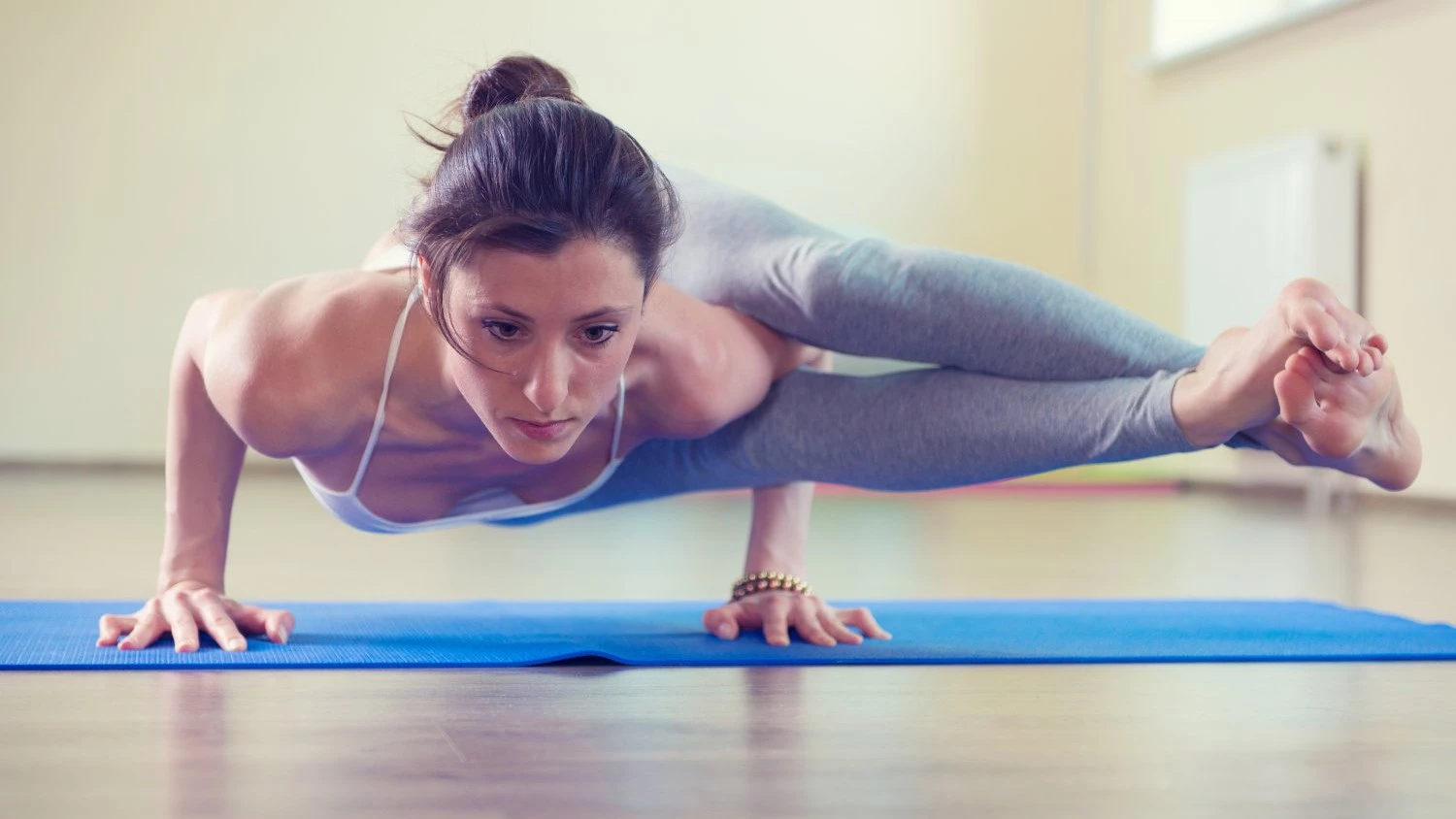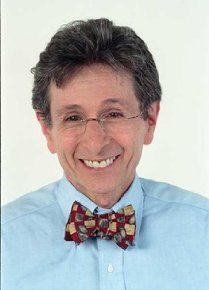Who Owns Yoga? Yoga U Contributor Loren Fishman, M.D.

The debate over who owns yoga continues to rage on. It all started with a group of Hindus arguing that yoga comes from Hinduism and it should be taught in the context of the Hindu tradition. Luminaries like Deepak Chopra and Sally Kempton have since weighed in on the ongoing debate, and below Yoga Spirit Presenter Loren Fishman, M.D. contributes his point of view, noting that the heart of yoga is its ability to relieve pain and suffering. It’s hard to put ownership on that.
Who Owns Yoga?
As a physician who has practiced yoga daily for more than 30 years, I know that the practice of yoga is helpful for many physical conditions that affect hundreds of millions of people, including lower back pain, high blood pressure, arthritis, obesity and many others. There is no question that yoga owes much to the Hindu tradition and the men and women of that faith who have embraced other nearly universal religious goals: simple living, kindness, compassion, and generosity, expecting much of themselves and little of others, and humility. But for me, and for many others in the helping professions, the heart of yoga is relieving pain and suffering.
The healing of medical conditions is the most important thing getting lost in the ongoing argument about who ‘owns’ yoga. I have done large clinical studies and trials to examine the curative powers of this ancient practice, and have used medical science to try to understand how yoga works. My colleagues and I have published a number of academic medical studies and books that offer straightforward demonstrations of yoga’s benefits for individuals with lower back pain, rotator cuff syndrome, arthritis, osteoporosis, multiple sclerosis and spinal stenosis. Yoga’s substantial contribution to mental and spiritual health is also well-documented.
Yoga’s initial development is lost in the mists of time. I have seen a frieze of a man in the lotus position on the wall of an ancient observatory in Chichen Itza, in the Yucatan. Some years ago Ann Cushman wrote in the YogaJournal that there was considerable cultural interchange between the European Gymnasts and Krishnamacharya’s yogis at the palace of the Maharaja of Mysore in the early 20th Century.* We know the most classic articulation of the practice of yoga, the work that has lent its beautiful language and haunting simplicity to the aesthetic ofyoga, came from the pen of Patanjali, a physician, a grammarian and a Hindu who died in about 200 AD.
A couple of years ago I was asked to give a talk at the International Association of Yoga Therapists in Los Angeles. Of about 350 people there, a woman stepped forward who described seven years in which she had been unable to raise her right arm above her shoulder. A very short history and physical exam suggested rotator cuff syndrome, a tear in the supraspinatus muscle. After 30 seconds in an adapted yoga position, she painlessly lifted her arm just about to the vertical. The crowd gasped. But it wasn’t Hinduism or Christianity that helped the woman. It was just a simple neurophysiological mechanism that substituted one muscle’s activity for the one that was torn. We have now used the same manuever in over 700 patients, and have proven its mechanism with MRIs and electrodiagnostic tests. But we would never have found it if we were not practicing yoga!
I have examined yoga’s integrity with the help of MRI imaging. Examining three people –one in her 20’s, one in her 40’s and one in his 60’s, each of whom had learned different schools of yoga on two different continents – we found the internal mechanisms nearly identical.
This principle holds true in my experience giving yoga sessions as part of my 25-year practice of medicine. Yogadoesn’t help everyone, but it helps many people, some who have had failed surgery or who have become debilitated to a point beyond surgery. I believe this has been possible because yoga can reach places deeper than the ones that concern the surgeon.
To me, it is wise and totally correct to acknowledge the gift of yoga, and the lion’s share of its development that has come from its Hindu practitioners. Yoga is passed on from teacher to student. It has no clergy. Who owns the living tradition of yoga? Those who are doing it now.
For more information on Dr. Fishman and Ellen Saltonstall’s course: Yoga for Osteoporosis – Teaching and Practice.
 Dr. Loren Fishman is Director of Manhattan Physical Medicine and Rehabilitation, an Iyengar trained yoga teacher for more than 30 years. He is the author of eight books, including Yoga for Osteoporosis and Yoga for Arthritis (with co-author Ellen Saltonstall).
Dr. Loren Fishman is Director of Manhattan Physical Medicine and Rehabilitation, an Iyengar trained yoga teacher for more than 30 years. He is the author of eight books, including Yoga for Osteoporosis and Yoga for Arthritis (with co-author Ellen Saltonstall).


